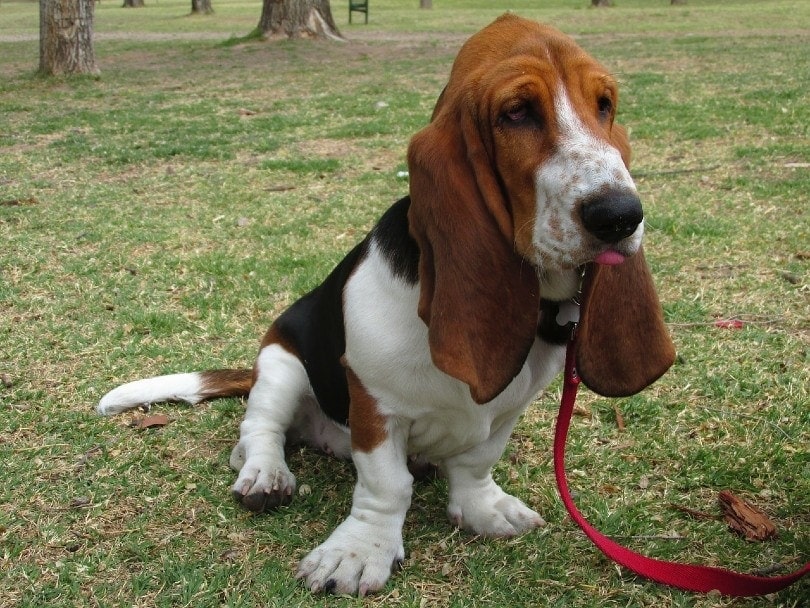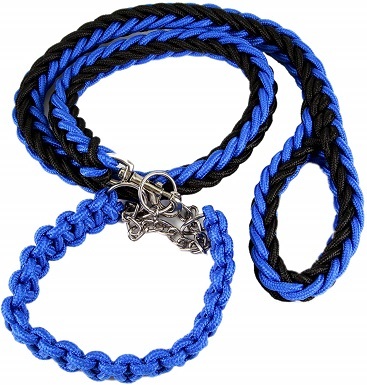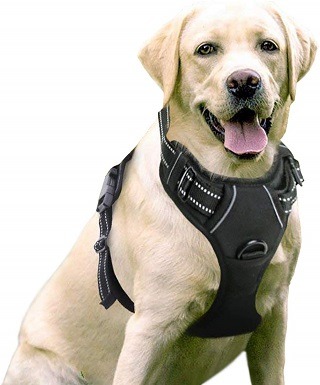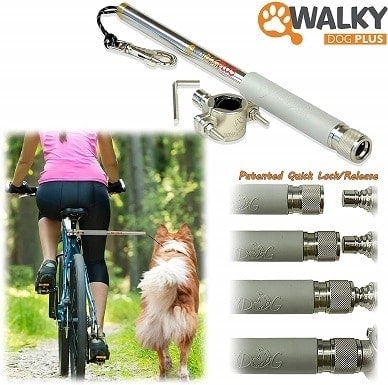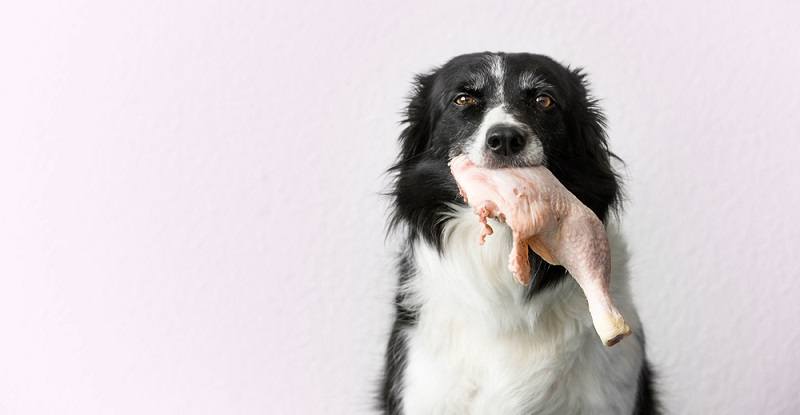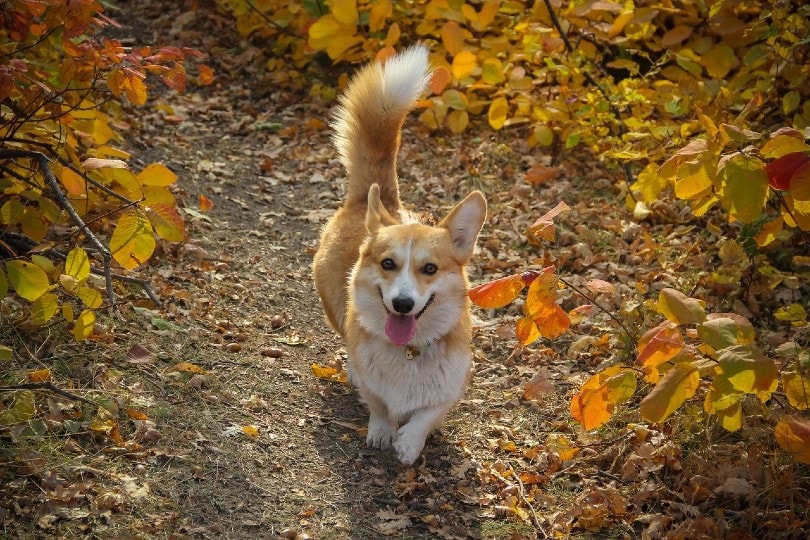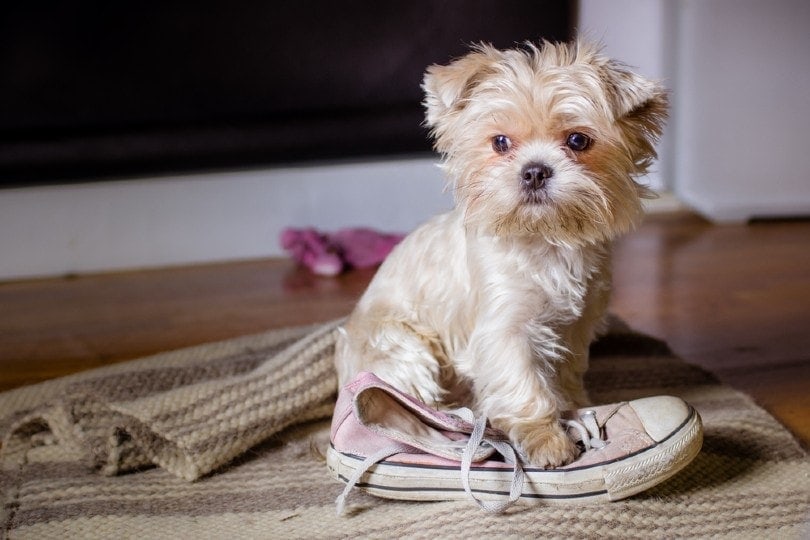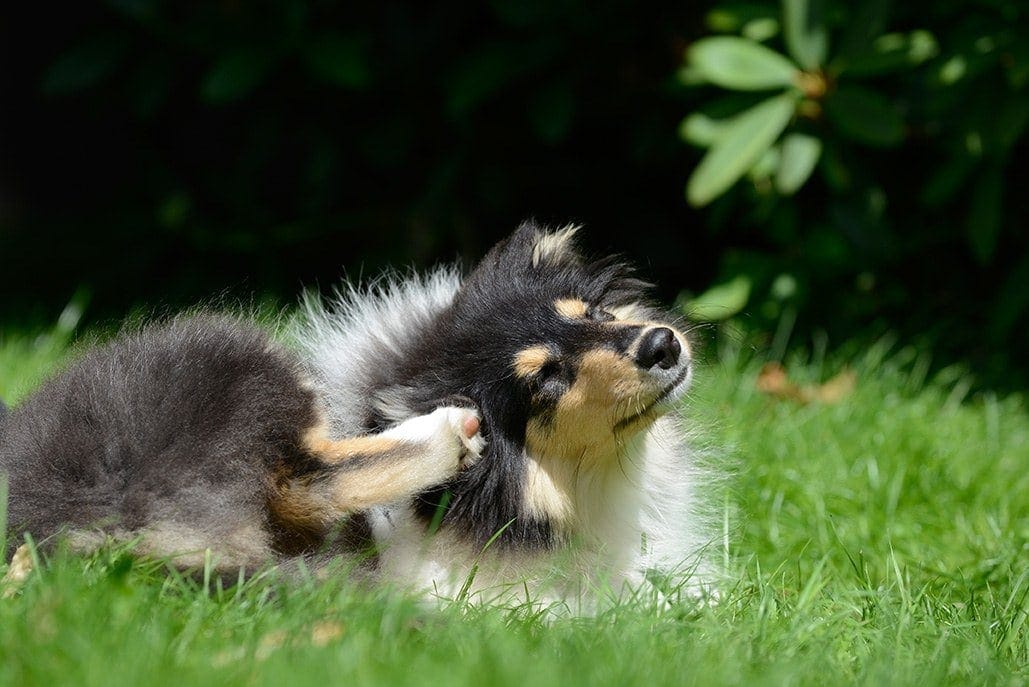One of the most important pet supplies you need for your dog, other than a well-fitted collar, is a leash. Whether for a quick trip around your yard, for a training session, or for going out for exercise, a good quality leash can keep your dog safely with you.
There are a wide variety of leashes available in different materials and lengths that serve a broad range of purposes. You may need to own more than one kind of leash depending on your dog’s breed and the activities you plan on doing with your dog. In this article, we go over 10 different types of leashes and their best uses.
The 10 Types of Dog Leashes:
1. Standard Dog Leash
When you think of a dog leash, a standard leash most likely comes to mind. They are a staple for nearly every type of dog and dog owner. Intended for everyday use and basic training exercises, these leashes have a looped end for your hand to grip and a clasp on the opposite end that attaches to the collar.
Standard leashes can range anywhere from four feet, to better control your dog, to a full eight feet, for a well-trained dog. Most standard leashes have a flat structure. However, you may want to consider a round rope construction for added strength if you own a powerful dog.
Most standard leashes are made from nylon or leather. Leather leashes tend to be the most durable and perhaps the most stylish. There are certain standard leashes available that are made with either cotton or rubber. However, keep in mind that these materials lack durability and are not chew proof.
2. Retractable Dog Leash
If you’re looking to give your dog more freedom of movement, consider a retractable leash, which allows your dog to wander around without actually being off-leash. This leash clips onto your dog’s collar on one end and operates like a measuring tape. A nylon band of cord measuring up to 26 feet extends and recoils inside the broad handle. Most retractable leashes have a locking mechanism so you can maintain a certain length.
These types of leashes tend to be popular among dog owners, but there are certain areas of concern with using a retractable leash. First, you may unwittingly undo all the training you’ve accomplished by using a different style leash. With the varying length and ability to extend the leash, your dog may become confused about what’s expected and begin pulling more frequently.
Second, be sure to keep in mind certain safety concerns for your dog and yourself. Continually check your retractable leash to make sure the cord doesn’t show signs of wear or fraying to avoid breakage. Additionally, due to the extended length, your dog could wander onto the road and in front of oncoming cars before you could retract the leash fast enough. Avoid tripping on the slack cord as well, and keep a watchful eye on your dog to prevent accidental strangulation. Finally, keep your hands off the retracting cord to avoid rope burn.
3. Chain Dog Leash
For a virtually indestructible leash that will prevent your chew-happy dog from escape, opt for a sturdy, durable chain leash. Although not the most popular, these leashes come in an array of weights and sizes. Be sure to match your dog’s breed and strength to the heaviness and length of a chain leash. It’s recommended that you always monitor your dog when on a chain leash, as excessive chewing on the metal chain links may damage their teeth.
4. Adjustable Dog Leash
A hybrid of standard and retractable, adjustable leashes allow you to vary the length of the leash as desired. However, they are much shorter than retractable leashes, ranging between three feet and six feet. You can adjust the leash by working the built-in loops and clips.
Most dog owners purchase adjustable leashes as a training tool that can expand in length as your dog improves. Adjustable leashes are often preferred by runners, as you can tether your dog to your waist and run hands-free.
5. Slip Lead Leash
A slip lead employs the same process as a slip knot. Unlike the other leashes on this list, a slip lead does not require a collar. Instead, the leash loops onto itself, and that loop is placed around your dog’s neck for an easy-on, easy-off placement. Certain slip leads employ a plastic tube to help the rope-like leash slide with less friction.
Primarily used for training purposes, the slip lead tightens as your dog pulls. The sensation should deter your dog from pulling. To use properly, make sure the slip lead sits high on your dog’s neck, toward their ears, to prevent hard pulling, which can result in coughing and choking. Take care when using a slip lead that you do not accidentally cut off your dog’s airway. Also, make sure your dog has on a separate flat collar that holds identification and tags.
6. Martingale Dog Leash
Similar to a slip leash in design and use, the Martingale leash is specially designed for certain breeds of dogs with smaller heads, such as whippets and greyhounds. The main benefit of a Martingale collar is that although it tightens, it does not choke your dog. The tightness should be enough to help train your dog to stop pulling. Be sure to choose the proper size for your dog when purchasing a Martingale collar, to prevent it from slipping off your dog’s head.
7. Harness
Although this is not what most people think of, a harness is actually considered a type of leash. Harnesses may be more comfortable for your dog, as they fit around your dog’s chest, alleviating neck pressure. For short-necked breeds of dogs, like pugs, a harness may be your only option for securing them.
Harness come in various vest designs or straps and operate with a back or front clip. Certain harnesses have a tightening structure that constricts around your dog’s chest for training purposes. They can also be designed with a head halter to better direct your dog as you walk.
Despite not placing pressure on your dog’s neck, harnesses can strain your dog’s chest. Be sure to buy a proper fit. Also, the freedom of a harness may encourage your dog to pull.
8. Multiple Dog Leash
The clever design of a multiple dog leash does as its name suggests and gives you a chance to walk more than one dog at a time, with a single sturdy handhold. The primary leash has a coupler to which other leads can be attached. If you own two or more dogs or have a dog walking business, the multiple dog leash consolidates many individual leashes into one cohesive unit. While an effective tool, a multiple dog leash should only be used with well-trained dogs who get along with one another.
9. Seatbelt Safety Leash
When traveling in a car, your dog needs to buckle up. Specially designed seatbelt safety leashes allow you to safely secure your dog in the car. These leashes attach to your dog’s collar and to a standard seatbelt clip. With this leash, your dog can’t distract the driver, and they are better protected from injury in case of an accident.
10. Bike Leash
With a bike leash, your dog is able to jog next to you as you bike. This leash comes with a special attachment that hooks to the frame of your bicycle, and the length is adjustable.
You may need to allow for a period of training to prevent falls and accidents. However, once you’ve gotten the hang of it, this leash offers a great way for you to exercise with your dog.
Look for bike leashes made of durable material and ones that come with a reflective strip for extra safety during darker conditions.
- Pair your new leash with a stylish collar: Best Collars for Dogs
- Maybe your pup would benefit from a comfy harness instead: Best Harnesses For Puppies
Conclusion:
We hope that you have found one or more leash options for your dog. Beyond the standard leash, there’s a design and style for a wide variety of activities and training purposes. The right leash can help you get around with your dog while keeping them safely in your control.
Featured Image Credit: bastianmb, Pixabay

